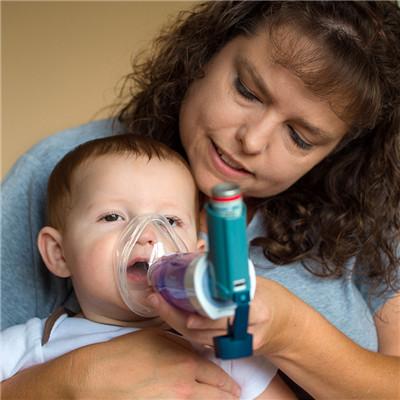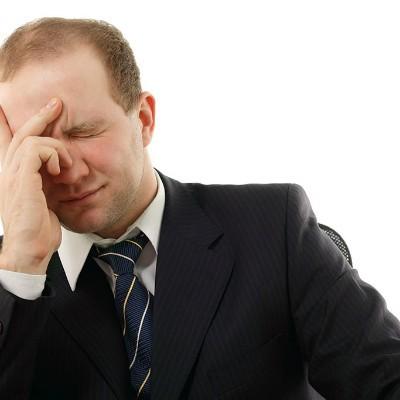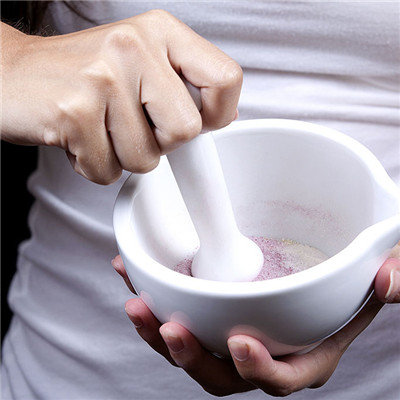How is infantile hydronephrosis treated
summary
There are two main causes of hydronephrosis in children: the first is ureteral obstruction. This is the most common cause of hydronephrosis. Because of obstruction of a small segment of the ureter, urine can not flow to the bladder and accumulate in the kidney. The second is urine countercurrent. Normally, urine goes from the kidney through the ureter to the bladder and then out of the body. Countercurrent is an abnormal phenomenon that urine flows from bladder to ureter, even to kidney. The kidney itself accumulates urine ready to flow to the bladder, plus the urine back from the countercurrent, causing hydronephrosis. How to treat hydronephrosis in children.
How is infantile hydronephrosis treated
First: according to the cause of hydronephrosis in children. Through the analysis of the causes, the obstruction was relieved. Because of ureteral obstruction, usually as long as the ureteral stricture of a resection, and then re connected, so that the ureter to maintain patency, can improve the hydronephrosis.
Second: children with severe hydronephrosis or complicated etiology can be first percutaneous nephrostomy drainage kidney. This method belongs to minimally invasive surgery, general constitution can tolerate, also won't have too much pain, general operation is not very complex, less damage. But minimally invasive surgery is also a kind of surgery, inevitably any unexpected situation.
Third: for severe hydronephrosis or pyonephrosis, we should analyze the function and ability of each part of the kidney. If the function of the lateral kidney is good and can meet the basic functional needs of the body, the bad part can be removed by surgery. For those who can not be resected, double "t" tube or stent should be placed.
matters needing attention
Patients can't see the impact of hydronephrosis when they are young. This is because when the child is young, the body doesn't have much waste to excrete. Even if the kidney is damaged to a certain extent, it is enough. However, with the increase of age, more waste needs to be excreted, and the impact of hydronephrosis begins to be found.












